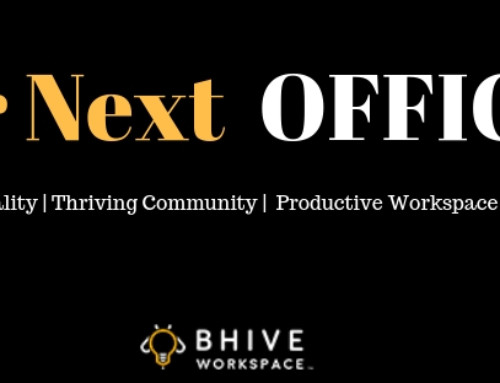Future of Finance Has Arrived : E-monetization and FinTech

Fintech and the Future!
FinTech (Financial Technology) is a hot sector right now in Indian startup ecosystem. From e-wallets to robo advisory to online lending, Fintech is seeing innovation and adoption at a rapid pace. There has been a policy and regulatory push towards innovation, at a pace that can match a private sector initiative. The government has rolled out Unified Payments Interface, integrated Aadhaar with many financial services and has given an unprecedented impetus to digitizing the economy by reducing cash usage. Formally connecting most of the remaining unbanked and unfunded Indians to the financial system has sown the seeds for financial innovation to breed and bloom.
E-monetization
Demonetization has resulted in 86% of India’s currency to have returned to formal banking system. India has unusually high rate of use and storage of cash as percentage of the total wealth owned by people. About 98 percent of all consumer payments in India use cash, compared to just 8% in a country like France. This storage of cash leads to slow movement of money and thus restricts the growth potential of economy.
By bringing all the cash into banking system, this stagnation is checked by a great extent. It also speeds up the flow of money which should result in a faster growth rate of the economy. With banks having more cash than ever, the interest rates have begun dropping. This will boost the economy and investments will rise. The temporary dampening of economy of India is due to shortage of cash as it necessary to keep the money flowing into system. The step of demonetization will give a push to the efforts of building a digital economy. With people embracing the use of cards and internet banking, efficiency of money in the system will increase.
The cost of cash to Indian society is significant. The RBI and the commercial banks face a total of Rs. 22,000 crore in currency operations annually. This was 0.4 percent of the total currency in circulation. This cost does not include the cost of storage, transportation, security, detection of counterfeits, etc. The cost of printing and maintaining this extensive amount of cash costs the country nearly 2 percent of its GDP. Studies show that a moderate growth of cashless transactions by 5 percent a year will save the country more than Rs. 500 crore annually.
Online Lending
National Sample Survey Organisation (2005a) reveals that in 2002 around 50 percent of borrowers were indebted to informal lending agencies, and that a considerable proportion of these loans were made at an interest rate of 30 percent or above. The informal lending is dealt mostly in cash, has been hit badly due to demonetization. Another reason for high rate of informal borrowing is the fact that, in 2001, India had 5.3 bank branches per 100,000 people in rural areas. Today that stands at only 7.8 branches, according to Reserve Bank of India data.
With extra money in the formal banking system post demonetization, interest rates can be expected to come down. This is because there is more money chasing same number of hands, and hence premium charged by lenders comes down. Interest rates in some informal lending sectors have been reported to have dropped from 30% to 5%! This is hitting informal lenders hard, who were using black money to lend to borrowers in cash at high rates. The time is right for lending and borrowing to move online for a more rational lending market.
Online lending and borrowing has numerous benefits. First, it is convenient. Credy, a Y Combinator backed Bangalore-based peer-lending platform, has application process of 3 minutes and approves loans in 24 hours. Entire process can be made digital with Aadhaar based KYC and digital signatures. Secondly, platforms like Credy rely on data and analytics to make better decisions both for themselves and their customers. It also offers a great opportunity as an investment vehicle, for those who want to lend and make good returns. Risk can be diversified by investing in many borrowers. Assuming no defaults or delay in repayments, lenders can typically expect about 16-22% returns from such an investment option.
Summary
Fintech is changing fast in India. With BHIM and Aadhaar Pay launched, we will witness a monumental shift in the way payments, lending and authentication is done in India. Linking mobile numbers with Aadhaar was recently given a ‘thumbs up’, making the JAM (Jan Dhan, Aadhaar, Mobile) trinity a powerful agent of change. This is a remarkable time to be in fintech startup space, with potential to use technology and finance domain knowledge to forever change how a common man manages finances. Financial revolution is here.
Credy is India’s first biometrically verified peer lending network. Started by Goldman Sachs alumni, they are backed by Y Combinator in their mission to facilitate credit and economic growth through financial trust, innovation, speed and responsibility. Find more at www.credy.in | Credy works out of BHIVE, Koramangala.






